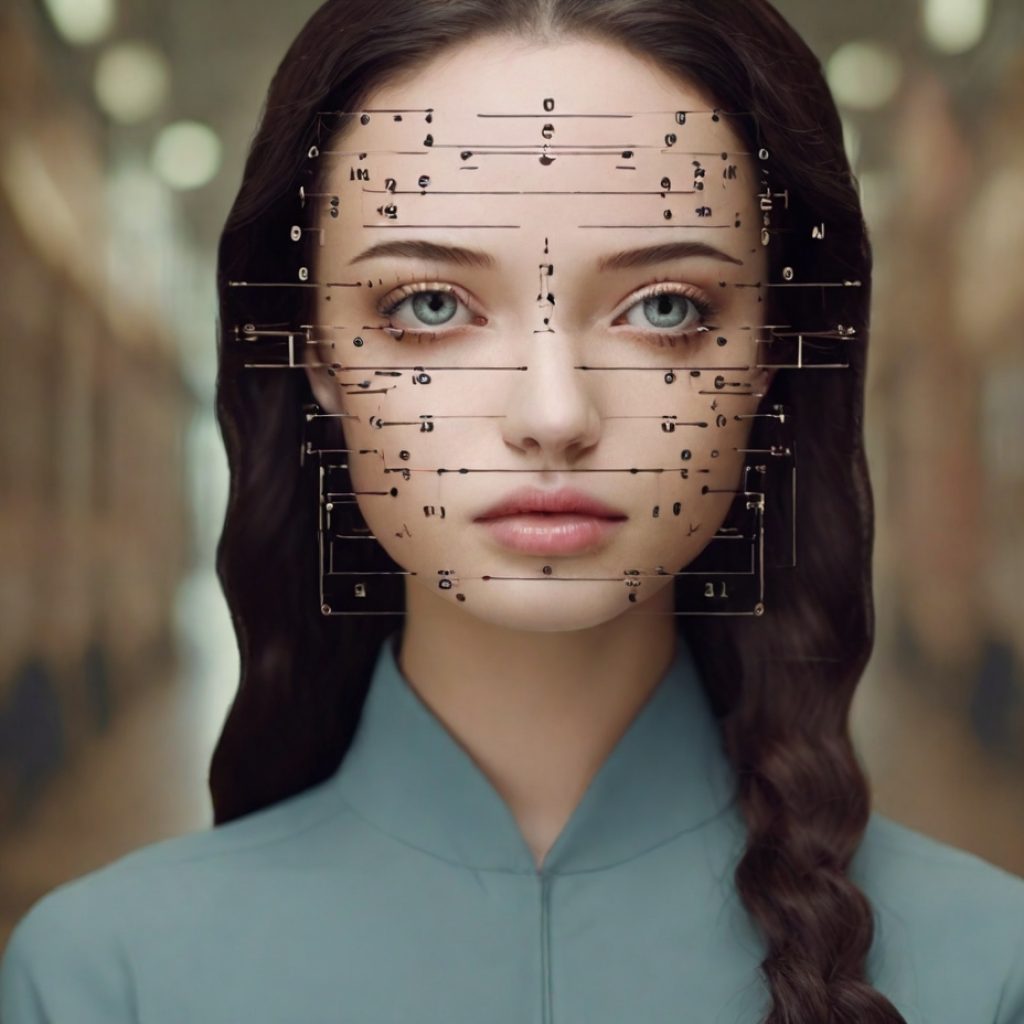In the ongoing battle against the perilous intersection of roads and wildlife, a team of researchers has turned to state-of-the-art machine learning models to mitigate the increasing incidents of roadkill. Wildlife vehicle collisions pose a significant threat to both animals and humans, prompting environmentalists to seek innovative solutions.
Revolutionizing wildlife protection with machine learning
Addressing the challenge of wildlife roadkill, the research team evaluated several cutting-edge object detection models based on the YOLO architecture. YOLO, or “You Only Look Once,” is renowned for its real-time object detection capabilities, making it a prime candidate for this critical task. The selected models, including YoloV4, Scaled-YoloV4, YoloV5, YoloR, YoloX, and YoloV7, were put to the test using limited data for model training.
Focusing on endangered animal species in Brazil, the researchers utilized the BRA-Dataset for training the machine learning models. The lack of comprehensive training data has been a persistent challenge, impacting the feature extraction process crucial for accurate animal detection and classification. This study aimed to assess the performance of the selected models in such constrained conditions.
Performance evaluation and innovative techniques
The team conducted a thorough evaluation, employing summary metrics such as precision, recall, mAP (mean Average Precision), and FPS (Frames Per Second). The study also delved into the effectiveness of data augmentation and transfer learning techniques to enhance model training. Results indicated that the Scaled-YoloV4 architecture demonstrated superior performance against false negatives, while the nano version of YoloV5 achieved the best FPS detection score.
A dire situation on Brazilian roads
Brazil, grappling with a significant number of roadkill incidents, records approximately 475 million animal deaths on its roads each year. Small-sized animals constitute a staggering 90% of the victims, with medium and large-sized animals accounting for 9% and 1%, respectively. The impact on endangered species, including the Maned Wolf, Giant Anteaters, Tapirs, Jaguarundis, and Pumas, is alarming. Despite this crisis, few roads have been redesigned with roadkill mitigation measures, and existing technological solutions for automatic animal detection have faced implementation challenges.
Computer vision: A ray of hope
In the quest for solutions, computer vision emerges as a promising ally. Utilizing machine learning, specifically Convolutional Neural Networks (CNN), for object detection and classification, computer vision systems offer a potential breakthrough. The YOLO-based architecture, with its ability to process images in real-time, stands out among single-stage detectors. It has found applications in various fields, from autonomous cars to animal species recognition.
Detecting and classifying road-killed animals
This research endeavors to harness the power of computer vision to automatically detect and classify road-killed animals, generating crucial statistics about the most commonly affected species. The evaluation of state-of-the-art YOLO-based detectors, despite limited training data, showcases the potential of these models in creating high-precision and high-recall systems. Transfer learning and data augmentation techniques prove instrumental in overcoming data scarcity.
Insights and recommendations
The comprehensive analysis presented in this study not only highlights the evolving landscape of detectors but also provides valuable insights for addressing real-world challenges in animal detection on highways. The research extends beyond typical metrics, considering image quality aspects related to challenging positions, surrounding vegetation, and low-quality images that often hinder accurate detection.
The research serves as a beacon of hope in the ongoing struggle to protect wildlife from the perils of roadkill. By leveraging the capabilities of cutting-edge machine learning models and computer vision, there is a tangible opportunity to make roads safer for both humans and endangered species. As the world grapples with the complex issue of human-wildlife conflicts, innovative solutions driven by technology hold the key to a sustainable coexistence.





